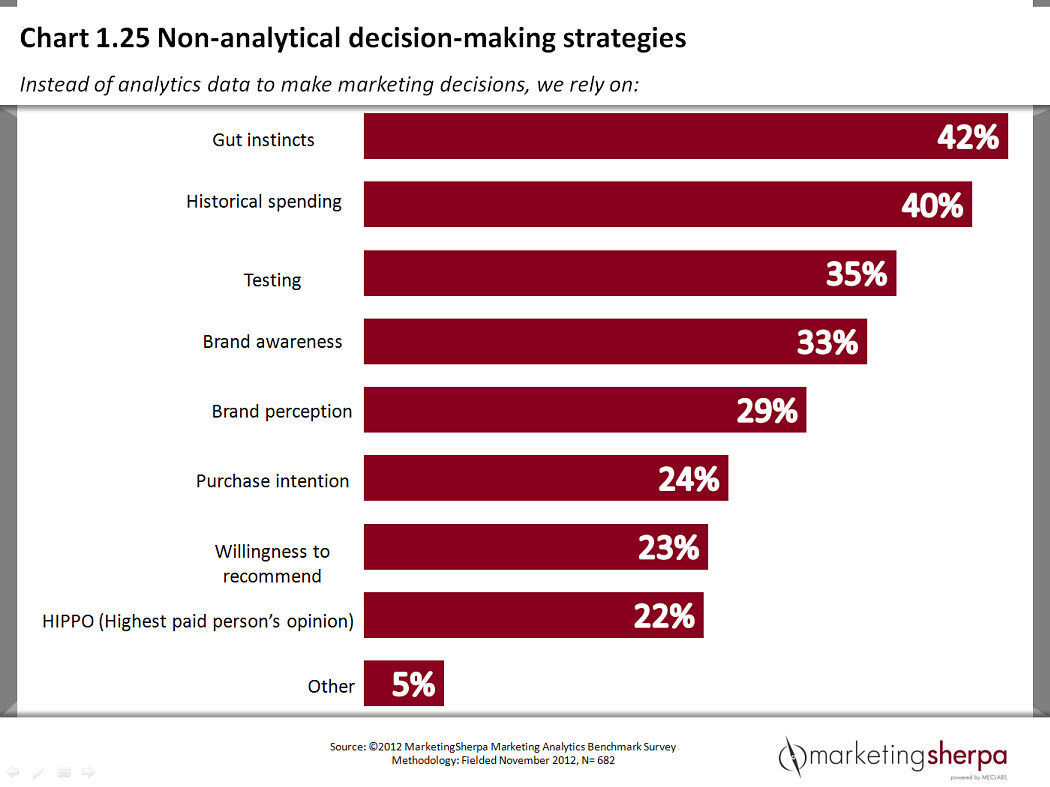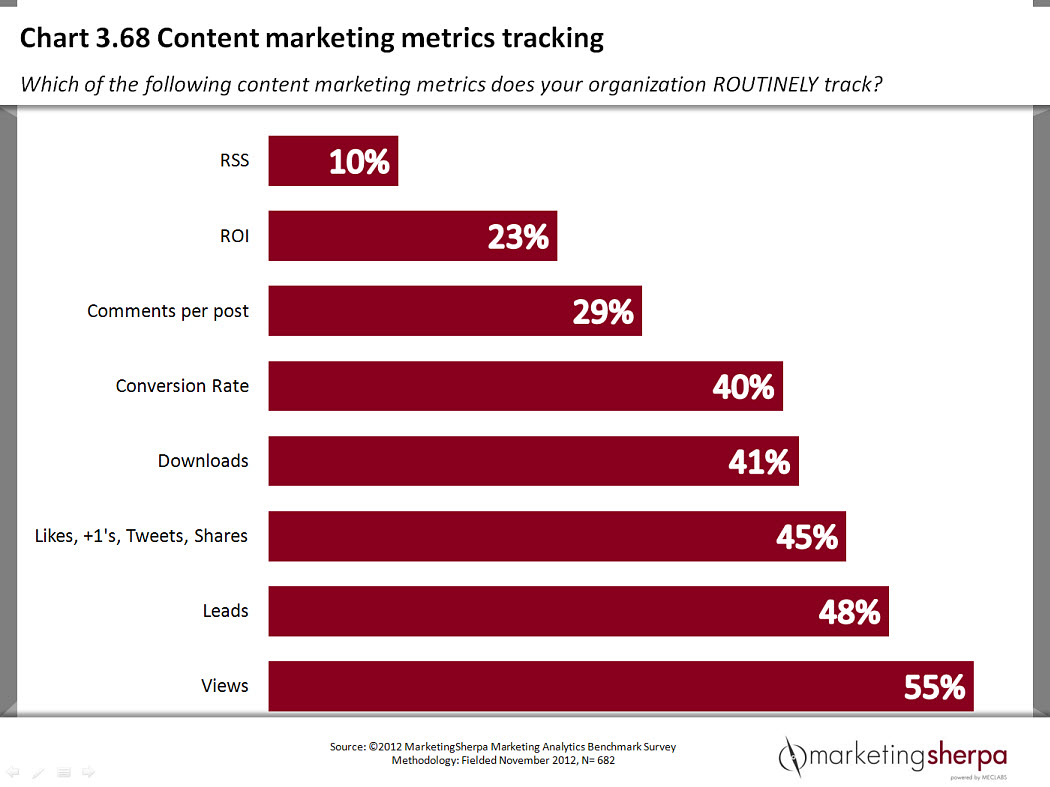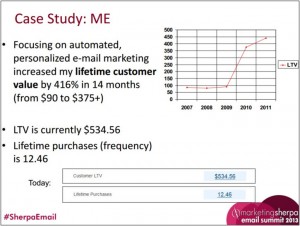One of the biggest hurdles you face as marketer lies in the mind of your customers.
What do they think when they read your marketing messages? How does your copy make them feel? What impresses them? Are they sold on what you’re saying? Do they understand what you’re saying? Are you coming on too strong? Are they intrigued? Are they frustrated?
You need to uncover the attitude of your consumers and tweak your marketing efforts to appeal to that way of thinking.
Understanding a customer’s mindset
In the MECLABS Email Messaging Course, Flint McGlaughlin, Managing Director, MECLABS, dissects the attitude of prospective customers towards marketers. Below is a list of the “Prospect’s Protest,” which illustrates the mindset of your customers: what they want from you and, more importantly, what they don’t.
Brace yourself. These may be harsher than you’d expect:
- I am not a target. I am a person. Don’t market to me – communicate with me.
- Don’t wear out my name, and don’t call me “friend” until we know each other.
- When you say “sell,” I hear “hype.” Clarity trumps persuasion. Don’t sell – say.
- I don’t buy from companies, I buy from people. Here’s a clue: I dislike companies for the same reason I dislike people.
- Stop bragging. It’s disgusting.
- Why is your marketing voice different from your real voice? The people I trust don’t patronize me.
- In all cases, where the quality of the information is debatable, I will always resort to the quality of the source. My trust is not for sale. You need to earn it.
- Dazzle me gradually. Tell me what you can’t do, and I might believe you when you tell me what you can do.
- In case you still don’t get it, I don’t trust you. Your copy is arrogant, your motives seem selfish, and your claims sound inflated. If you want to change how I buy, first change how you market.
No sugarcoating there.
“Sorry if this is strong medicine, but you’ve got to understand this is the attitude that you’ve got to overcome with the way you write your copy,” Flint explained.
Adjusting your own marketing attitude
Now that you have a better glimpse into the attitude of your customers, you can adjust your own attitude and approach as a marketer to better suit your consumers and overcome their attitude.
In the course, Flint outlines the “MarketingExperiments Creed,” which is a response to the “Prospect’s Protest.” It’s a way of thinking on the marketer’s side. It’s an attitude syncing to the consumer’s mindset.
Article 1: We believe that people buy from people, people don’t buy from companies, from stores or from websites. People buy from people. Marketing is not about programs. It is about relationships.
Article 2: We believe that brand is just reputation. Marketing is just conversation, and buying is an act of trust. Trust is earned with two elements:
- Integrity
- Effectiveness
Both demand that you put the interest of the customer first.
Article 3: We believe that testing trumps speculation and that clarity trumps persuasion. Marketers need to base their decisions on honest data, and customers need to base their decisions on honest claims.
Notice the consistencies between the Prospect’s Protest and the MarketingExperiments Creed. Clarity trumps persuasion. People buy from people. Trust.
“Though you may be a marketer every single day, you’re treated as a consumer, too,” Flint explained. “Because all of us are not just marketers, we’re consumers and we’re tired of it, also.”
As a marketer, you need to empathize with your consumers. After all, you can.
Read more…











